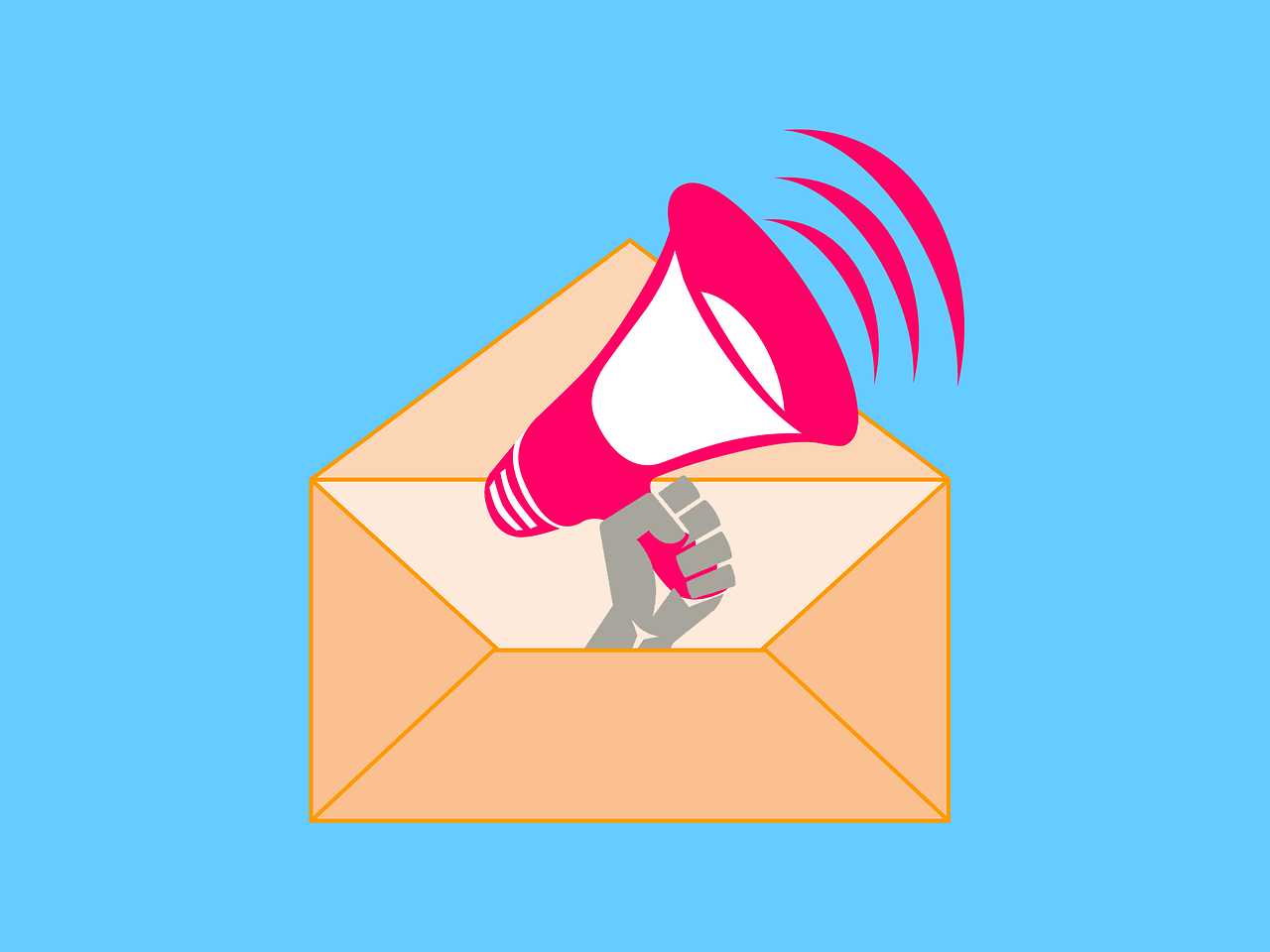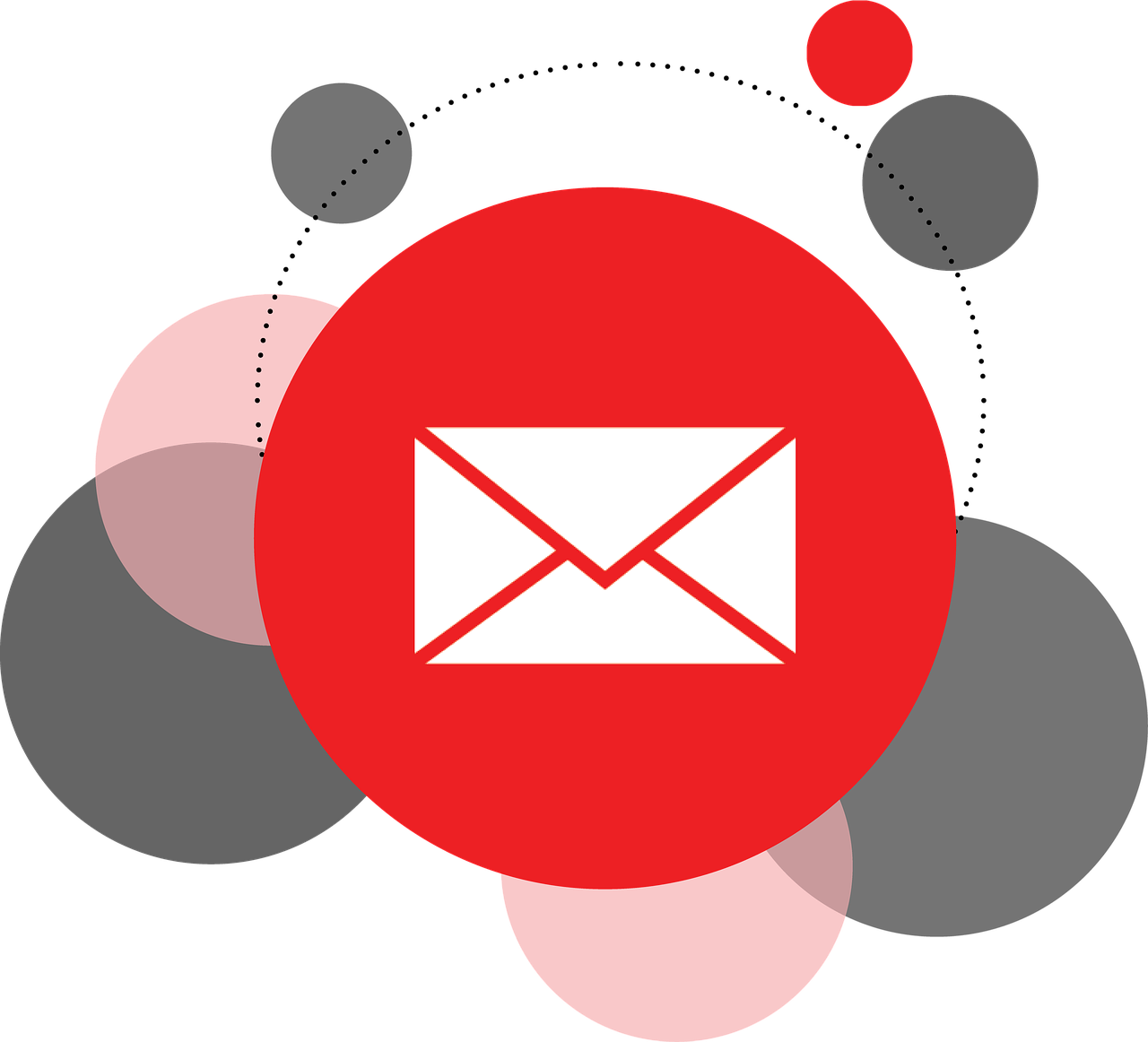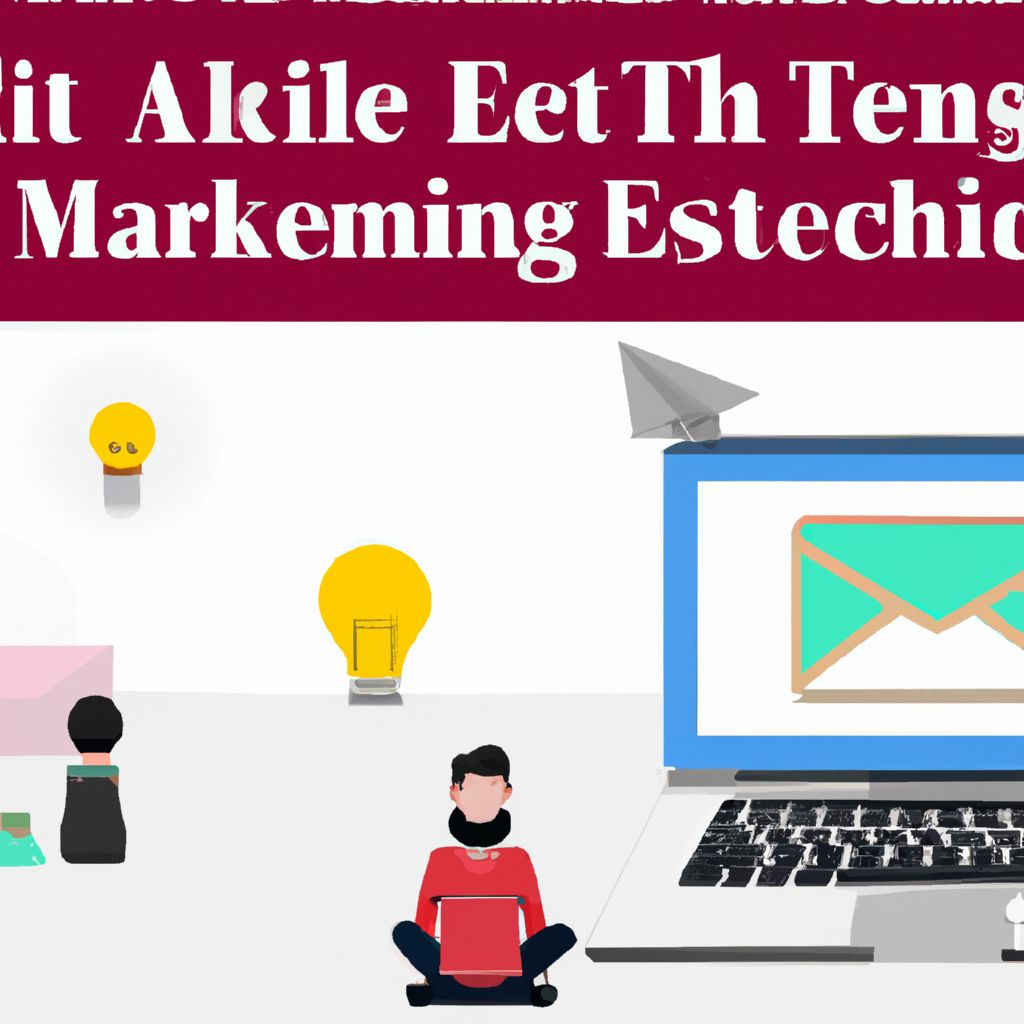Are you looking to expand your business’s reach and connect with your target audience in a more personalized way? One effective method you should consider is setting up an email marketing campaign. This article provides a comprehensive guide on how to successfully set up an email marketing campaign, enabling you to effectively reach your customers and achieve your marketing objectives. Whether you’re a small business owner or a marketing professional, this article will give you the valuable insights and practical tips you need to get started on your email marketing journey. So, let’s dive right in and explore the world of email marketing campaigns!

1. Define Your Goals
Before you embark on your email marketing campaign, it’s important to clearly define your goals. Ask yourself what you hope to achieve through your email marketing efforts. Are you looking to drive more sales, increase brand awareness, or nurture customer relationships? By identifying your objectives, you can create more targeted and effective email campaigns.
Another key aspect of defining your goals is determining your target audience. Understanding who your audience is will allow you to tailor your messages and content to their specific needs and interests. Consider factors such as demographics, preferences, and behaviors when identifying your target audience.
Lastly, establish key performance indicators (KPIs) to measure the success of your email marketing campaign. These metrics can include open rates, click-through rates, conversion rates, and revenue generated. Setting benchmarks and monitoring your progress will help you gauge the effectiveness of your email campaigns and make necessary adjustments.
2. Build Your Email List
Building a strong and engaged email list is essential for the success of your email marketing campaign. There are several strategies you can employ to grow your email list effectively.
Utilizing opt-in forms on your website is a great way to capture email addresses from interested visitors. Place these forms strategically on your website, such as in the sidebar, pop-ups, or at the end of blog posts. Make sure your opt-in forms are easy to fill out and highlight the benefits of joining your email list.
Offering incentives can be a powerful motivator for people to sign up for your emails. Consider providing exclusive discounts, free resources, or access to valuable content in exchange for their email addresses. These incentives can help attract and retain subscribers.
Leveraging social media platforms can also contribute to list growth. Promote your email sign-up form across your social media profiles and encourage your followers to join your mailing list. You can also run targeted ads to reach a wider audience who may be interested in your business.
3. Choose an Email Service Provider
Selecting the right email service provider (ESP) is crucial for the smooth execution of your email marketing campaigns. Take the time to research and compare different options to find the one that best suits your needs.
Consider the features offered by each ESP. Look for features like drag-and-drop email builders, automation capabilities, and integration with other tools you may use. These features can enhance your email campaigns and make them more efficient.
Pricing is another important factor to consider. Compare the costs of different ESPs and determine whether their pricing structure aligns with your budget. Keep in mind that some providers charge based on the number of subscribers, while others have flexible pricing plans.
Evaluate the deliverability and reputation of the ESP. It’s crucial to choose a provider with a good deliverability rate to ensure your emails reach your subscribers’ inboxes. Look for providers that have strong sender reputations and robust anti-spam practices.
4. Create a Compelling Email Design
The design of your emails plays a significant role in capturing the attention of your subscribers and conveying your message effectively. Here are some key considerations for creating a compelling email design.
Craft a visually appealing template that aligns with your brand identity. Use consistent colors, fonts, and graphics to create a cohesive look and feel. A visually appealing email template enhances the professionalism and credibility of your brand.
Mobile optimization is essential since a significant portion of email opens occur on mobile devices. Ensure your emails are responsive, meaning they adapt to different screen sizes for optimal viewing. Test your emails on various devices and email clients to ensure they display correctly.
Content is king when it comes to email marketing. Include engaging and relevant content that resonates with your audience. Use a mix of text, images, and videos to make your emails interesting and visually appealing. Keep your content concise and to the point, making it easy for subscribers to consume.

5. Craft Personalized and Targeted Emails
Segmenting your email list allows you to deliver more personalized and targeted emails to different groups of subscribers. By tailoring your messages to specific segments, you can increase engagement and conversion rates. Here’s how you can craft personalized and targeted emails.
Segment your email list based on characteristics such as demographics, purchase history, or engagement level. This allows you to send more relevant content that addresses the specific needs and interests of each segment.
Personalize email content and subject lines to grab your subscribers’ attention. Include their name or other relevant information in your emails to add a personal touch. Personalization makes subscribers feel valued and can improve the effectiveness of your campaigns.
Testing and optimization are crucial for creating effective emails. Conduct A/B tests by sending different versions of your emails to small segments of your list. Compare the results to determine which version performs better and make improvements accordingly.
6. Set Up Automation and Workflows
Automation and workflows can save you time and effort while maintaining consistency in your email marketing campaigns. Here are some key automation strategies to implement.
Welcome emails are automated messages that are triggered when someone joins your email list. Use these emails to welcome new subscribers, introduce your brand, and set expectations for what they can expect from your emails.
Drip campaigns are a series of automated emails sent out at predetermined intervals. They can be used to nurture leads, onboard new customers, or re-engage inactive subscribers. Plan out the sequence and timing of your drip campaigns to optimize their effectiveness.
Abandoned cart emails are triggered when a subscriber adds items to their cart but doesn’t complete the purchase. These automated emails serve as reminders and incentives for subscribers to return and complete their purchase.

7. Set Email Frequency and Timing
Finding the right balance in terms of email frequency and timing is important to keep your subscribers engaged without overwhelming them. Here’s how to determine the optimal frequency and timing for your emails.
Consider the preferences and expectations of your audience when setting your email frequency. Some subscribers may prefer weekly updates, while others may be interested in receiving emails less frequently. Pay attention to engagement metrics to determine if you’re sending emails too frequently or not enough.
Timing is another crucial aspect to consider. Experiment with different send times and days of the week to find the optimum timing for your audience. Consider best practices, such as avoiding sending emails during major holidays or weekends when people may be less likely to engage.
Monitor engagement metrics like open rates and click-through rates to gauge the impact of your email frequency and timing. Adjust your strategy based on the results to ensure you’re delivering emails at the times when your subscribers are most likely to engage.
8. Comply with Email Marketing Regulations
It’s important to comply with email marketing regulations to maintain a positive reputation and build trust with your subscribers. Here are a few key regulations you need to be aware of.
The CAN-SPAM Act is a law that sets guidelines for commercial email messages. Familiarize yourself with the requirements of this act, which include clearly identifying your emails as advertisements and including a physical mailing address in your emails.
Obtain necessary permissions before sending emails to individuals. Ensure that you have consent from your subscribers to receive your emails. Implement a double opt-in process to verify subscribers’ intent to join your list.
Include unsubscribe options in all your emails to give subscribers the ability to opt out easily. Make your unsubscribe process simple and straightforward to ensure compliance and respect your subscribers’ choices.

9. Test and Measure Results
Testing and measuring the results of your email marketing campaigns are crucial steps in optimizing your strategies. Here’s how to effectively test and measure your email campaigns.
Perform A/B testing by sending different versions of your emails to small segments of your list. Compare metrics like open rates, click-through rates, and conversions to determine which version performs better. Use the insights gained to improve your future campaigns.
Track key metrics throughout your campaign to evaluate its success. Monitor important metrics like open rates, click-through rates, conversion rates, and revenue generated. Analyzing these metrics will provide valuable insights into the performance of your emails.
Regularly analyze and optimize your email campaigns based on the data collected. Identify patterns, trends, and areas of improvement. Make adjustments to your email content, subject lines, and design elements to maximize their impact.
10. Adapt and Improve
The world of email marketing is ever-evolving, and it’s important to stay up-to-date with industry trends and continuously adapt your strategies. Here are some ways to adapt and improve your email marketing campaigns.
Monitor industry trends and best practices to ensure you’re implementing the latest strategies. Stay informed about emerging technologies, design trends, and changes in consumer behavior. By staying ahead of the curve, you can deliver more innovative and effective emails.
Continuously update and optimize your email marketing strategies based on the insights you gather. Don’t be afraid to experiment with new tactics or approaches. Keep testing, measuring, and refining your campaigns to achieve better results over time.
Seek feedback from your subscribers and implement improvements. Encourage your audience to provide feedback through surveys, polls, or direct communication. Use their insights to tailor your emails to their preferences and expectations.
By following these comprehensive steps, you can set up an effective and successful email marketing campaign. Remember to define your goals, build your email list, choose the right email service provider, create compelling email designs, craft personalized emails, set up automation and workflows, determine email frequency and timing, comply with email marketing regulations, test and measure results, and continuously adapt and improve your strategies. Good luck with your email marketing journey!




